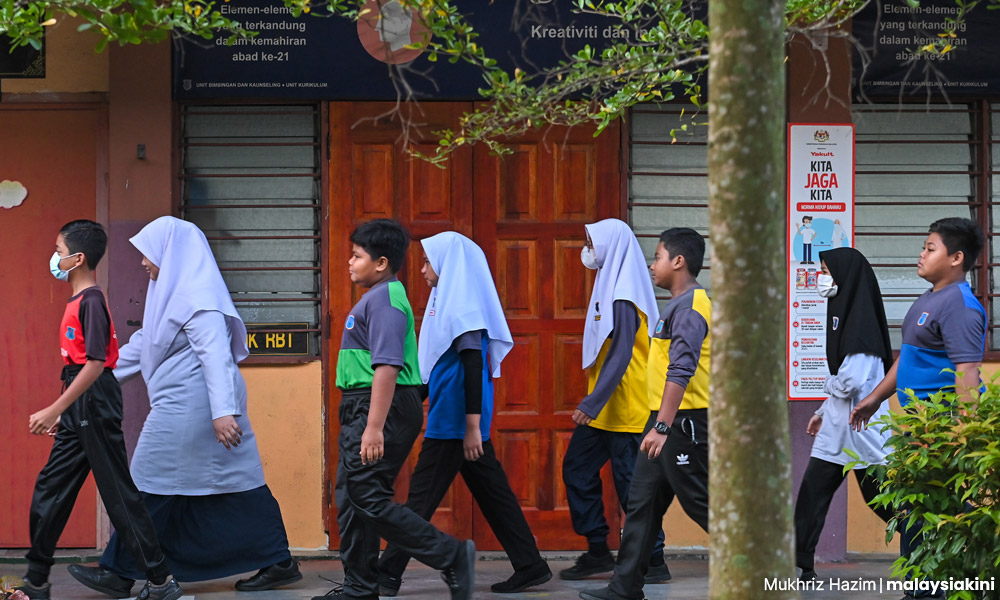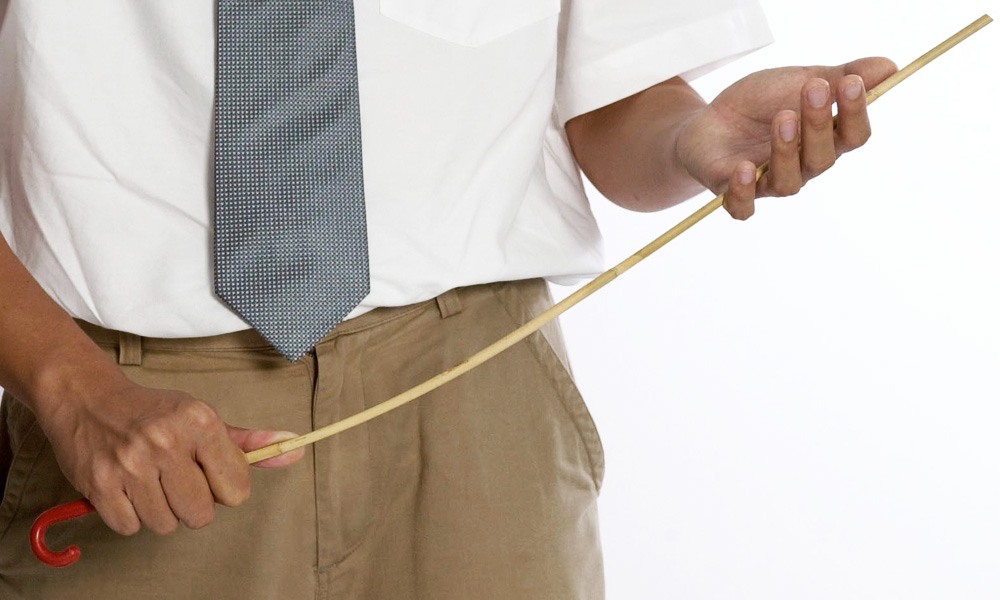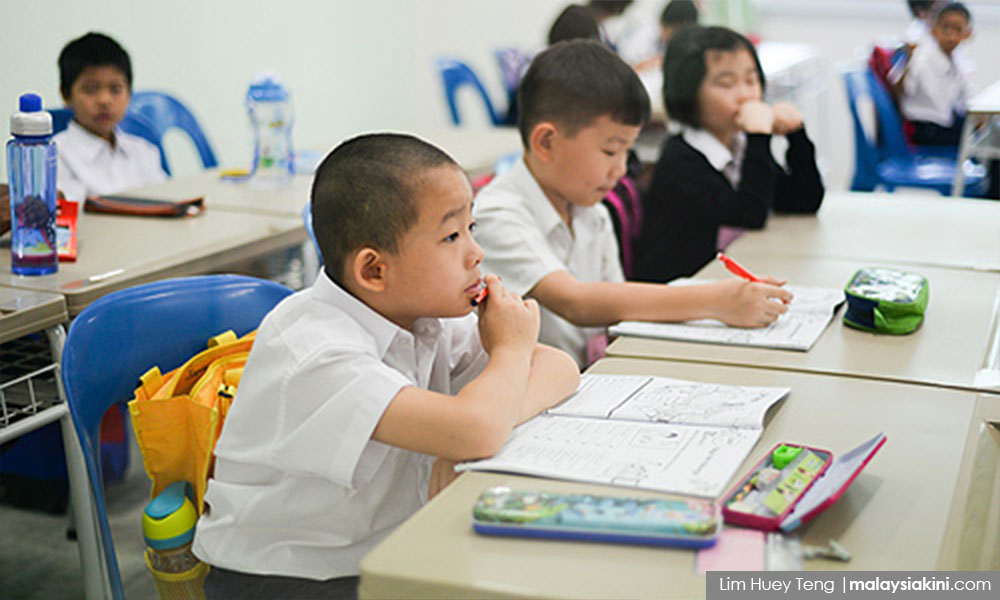My friend’s daughter, Dhivya, recently attended her school’s National Day celebration - wearing her favourite baju kurung.
Her teachers commended Dhivya on her outfit selection, they said it showcased the muhibbah spirit, in a very elegant way.
Dhivya also wore holy threads around her neck and wrist, like she usually does when she goes to school. She never tries to hide them under her shirt or watch.
Like Dhivya, a few of her Malay friends displayed the muhibbah spirit by attending the school celebration in Indian traditional outfits.
They wore lehenga, a three-piece garment consisting of a long ankle-length skirt, a crop top blouse which exposes the waist, and a scarf to drape around the outfit.
Dhivya’s school principal and teachers had no issues with the students’ outfits, nor did they pick on Dhivya for wearing her holy threads. They respected the students’ beliefs, cultural identity and individuality.
Dhivya loves her school and her teachers. According to Dhivya’s mother, the school has made many efforts to develop a sense of belonging among the students by being understanding and flexible when it comes to school rules and guidelines.
Instead of dishing out punishments for every student’s handphones they see, every swear word they hear, every homework the students fail to submit and every school attire that is too short or too crumpled, Dhivya’s teachers tend to take time to listen to the students’ reasoning.
Most of the time, they give a gentle nudge, offer some help or just deliver a strict verbal reminder.
Dhivya goes to a public school in Selangor. Despite the many issues we read about in the media on how public schools and their teachers have failed their students by instilling strict but ridiculous rules, Dhivya’s school is different.
Rules do more harm than good
There are other public schools in Malaysia that are managed excellently just like Dhivya’s school.
At these schools, there are teachers and principals who believe that endless rules and guidelines do more harm than good.
Here, the teachers and principals are very mindful when it comes to punishing students. They know they are responsible not only to educate the children but also to shape their worldview and be good role models with the right values.

They administer strict guidelines when it comes to discipline issues which involve problematic students.
Serious issues relating to truancy, bullying, vandalism, blackmail, violence and drugs are not taken lightly but dealt with on a case-by-case basis.
The schools and their teachers try to understand the root cause of the issue before tackling it. They believe there is no one solution to all problems.
They are smart enough to realise that if stringent rules and punishments did work, matters pertaining to school disciplines would have been a thing of the past.
After all, many public schools, principals and teachers in our national education system have been depending on various rules and punishments hoping to produce polished students for many years.
An old system
When I was in public school in the 1980s and the 1990s, we had many school rules which created so much fear among the students in order to instil discipline.
I remember during my primary years, students being sent to the principal’s office and returning with swollen hands, arms, thighs, legs and buttocks after being caned.
Oddly, my former primary school thought caning was the answer for all types of offences. Truancy, bullying, smoking, disrespecting teachers, forgetting homework, failing to memorise notes, talking in class and not bringing sports attire were all given the same punishments.
In my secondary years, the experience was different. Being a school prefect and later the head prefect, my friends and I were tasked to uphold my school’s ridiculous rules.
No folding sleeves, no folding socks, no hair gel, no mechanical pencils, no fancy stationery, no romantic novels, no magazines – the list was endless.

Once, I was told to instruct big-sized female students to wear additional layers of garments inside their school uniform so they would look more “sopan” (pleasant).
I was ambushed by several parents afterwards, demanding explanations for this new school rule, claiming it was body-shaming the girls.
I brought the matter to the discipline teacher who had instructed me to carry out the rule in the first place, only to hear her defend herself and the school with “ini semua cuma salah faham” (“this is all just a misunderstanding”).
Military-style discipline
Surprisingly, things did not change when my two children went to public schools years later.
Talking in class, looking out the window, drinking during lessons, forgetting books /stationery/ sports attire, walking in the corridor during class, entering the classroom during recess, styling hair, wearing colourful hairpins, and many other minor offences continued to be punished.
Among the most common punishments experienced by many students at the time was being removed from the class.
Sometimes, they are asked to go to the principal's office, sometimes they are asked to stand outside the class and sometimes, they are sent out to pick up trash around the school compound.
Oddly, the teachers believe in teaching the students a lesson by making them miss lessons.
There were also quite a number of teachers who punished students who failed to finish their schoolwork by denying them time to have their meals during recess.
Instead, the students are forced to stay in class to finish the work.
Surprisingly, punishing students by denying their basic human right to a meal is still an ongoing punishment many students face in public schools today.
It is sad that instead of providing students with education, social care, emotional support and a sense of security, our students are given military-style discipline.
Parents send children to school so they can be happy and learn. Unfortunately, many teachers and principals have turned our schools into concentration camps.
Choices and consequences
A public school teacher whom I met recently told me that it is important to teach children about choices and that choices have consequences.
If a student chooses not to finish his or her homework, then he or she must be made to face the consequences, he explained.
“That is how we build students with strong characters,” he added.
As flawed as his statement is, clearly many teachers and principals share the exact thought. No wonder we hear many disturbing cases in the media today about teachers trying to teach students to face the consequences.

I am sure many of you read about a recent case of a teacher in Klang who slapped a 7-year-old student, causing his face to swell badly - and all that just because the poor boy could not find a letter in his school bag.
A couple of months ago, a male teacher in Kelantan was found to have bitten a Year One student on different occasions, leaving the boy traumatised and emotionally distraught.
Mid this year, there was a teacher in Rembau who locked up a 7-year-old student in a metal cage for misbehaving in the classroom.
Then, there was a teacher in Kuching who punched a female student in the face for wearing a baju Melayu to the school Hari Raya celebration.
These are only a few of the reported cases which made it to the media. I am certain there are many other cases that went unreported.
It angers me that these teachers who decide to teach their students about choices and consequences - are not made to face the consequences of their own choices.
While they believe students should be humiliated and punished for breaking even minor school rules in front of their classes or at the school assembly, often teachers who are found in the wrong enjoy the privilege of having their cases settled quietly in a very hush-hush way.
How fair is this? What happened to choices and consequences?
I am sure Dhivya’s teachers also teach about choices and consequences but in a very subtle, loving and respectful way. After all, children are no robots to be programmed on the do’s and don’ts.
Children need reasons, stories and context to understand, learn and grow.
Most of the time, children learn from what we do, not teach. These anti-teaching moments are what scholars call the hidden curriculum.
It is when teachers teach through their interactions, behaviour and school culture.
Dhivya and her schoolmates are lucky to be attending a school with awesome teachers and a strong positive culture. How wonderful would it be if every public school student were equally as lucky as Dhivya?
I don’t know about you, but I do believe that in time, it is possible for every public school in the country to be nurtured into a school like Dhivya’s.
The question is, would the Education Ministry be willing to put in the work? - Mkini
FA ABDUL is a multi-award-winning playwright and director in the local performing arts scene, a published author, television scriptwriter, media trainer, and mother. Her ultimate mission in life is to live out of a small suitcase.
The views expressed here are those of the author/contributor and do not necessarily represent the views of MMKtT.




No comments:
Post a Comment
Note: Only a member of this blog may post a comment.